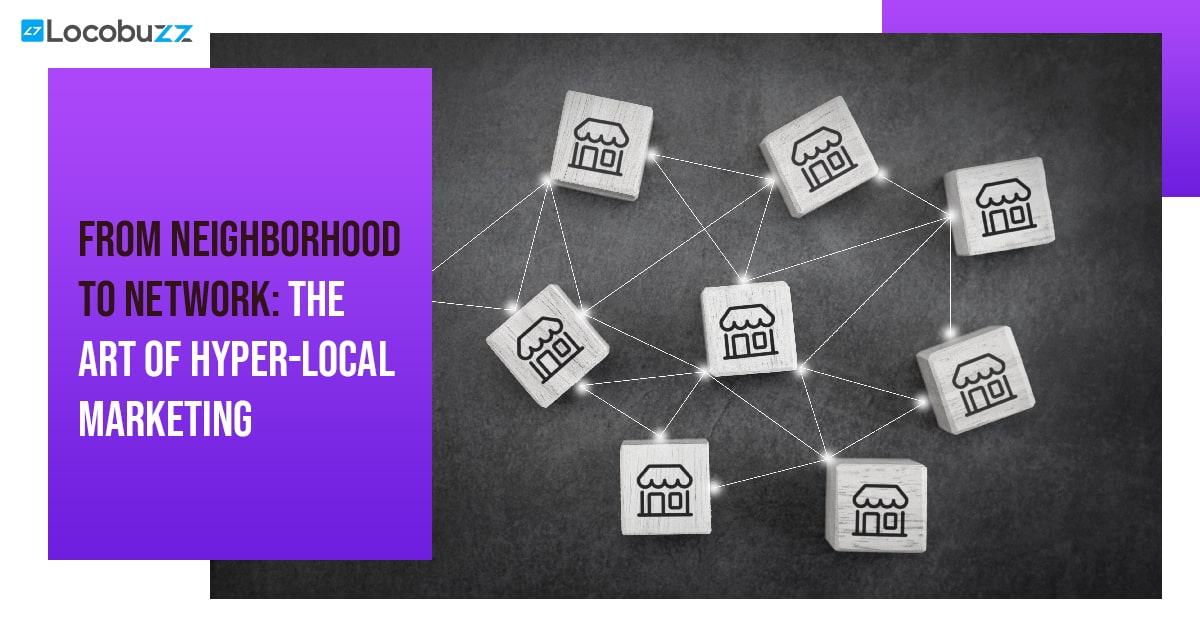The Role of Chatbots in Transforming Customer Support

The Emergence of Chatbots in Customer Service
The journey of chatbots in customer service began as simple, rule-based systems that could answer only basic queries. However, with the advent of AI and natural language processing (NLP), these bots have transformed into sophisticated tools capable of handling complex interactions. Today, they are an integral part of customer support strategies for businesses across various sectors.
Why Chatbots?
1. 24/7 Availability: Unlike human agents, chatbots can operate round the clock, providing immediate responses to customer inquiries at any time. This continuous availability significantly enhances customer satisfaction and engagement.
2. Cost-Effective: Chatbots reduce the workload on human customer service agents, allowing businesses to manage resources more efficiently. They handle routine inquiries, freeing up human agents to tackle more complex issues, thus optimizing operational costs.
3. Scalability: During peak times or unexpected surges in customer queries, chatbots can effortlessly handle the increased volume, something that would require significant human resource investment otherwise.
4. Personalization: Modern chatbots are capable of learning from past interactions. They use this data to provide personalized experiences, addressing customers by name and recalling previous conversations, which fosters a sense of connection and loyalty.
5. Multilingual Support: With the ability to communicate in multiple languages, chatbots have broken down linguistic barriers, making customer support more inclusive and accessible to a global audience.
Locobuzz: Pioneering Chatbot Solutions
Locobuzz stands out as a forerunner in integrating chatbot technology into customer support. The platform leverages AI-driven chatbot called ResponseGenie to offer seamless and efficient customer service. Here’s how Locobuzz is making a difference:
1. Intuitive Chatbots: Locobuzz’s ResponseGenie is designed to understand customer intent and context. This capability ensures that interactions are as natural and effective as possible, closely mirroring human conversation.
2. Integrated Analytics: The platform offers comprehensive analytics, allowing businesses to track a vast plethora of metrics. This data is crucial for continuous improvement and personalization.
3. Omnichannel Support: Locobuzz’s chatbots integrate with multiple channels, including social media, email, and messaging apps, providing a cohesive experience across different platforms.
4. Customization: Recognizing that no two businesses are alike, Locobuzz offers customizable chatbot solutions tailored to specific industry needs and customer expectations.
The Future of Chatbots in Customer Support
Emotion Recognition in Chatbots
- Current State: Most chatbots operate on predefined scripts or AI algorithms that focus on interpreting text-based input without understanding the underlying emotions.
- Future Developments: Advancements in natural language processing (NLP) and emotional AI (a subset of AI focusing on emotion recognition) are paving the way for chatbots that can detect subtle cues in language, tone, and even facial expressions (in video chats). This could lead to more empathetic responses, improving customer satisfaction.
- Impact: By recognizing emotions like frustration or happiness, chatbots can tailor their responses, escalating complex issues to human agents when necessary, or providing cheerful acknowledgements for positive feedback, creating a more human-like interaction.
Predictive Customer Service
- Overview: Currently, most chatbot interactions are reactive; they respond to customer inputs. The integration of AI and machine learning is shifting this to a more proactive approach.
- Advancements: Using customer data, purchase history, and interaction patterns, AI can enable chatbots to anticipate customer needs. For example, a chatbot might suggest reordering a product as it runs out or offering assistance with a feature commonly queried at a certain usage stage.
- Benefits: This proactive approach can enhance customer experience by reducing effort, preemptively solving problems, and providing timely recommendations, ultimately leading to increased customer loyalty and satisfaction.
Integration with IoT
- Current Use: Chatbots are typically confined to customer support in apps and websites.
- Future Integration: As the Internet of Things (IoT) grows, chatbots could become the central interface for managing a network of connected devices. For instance, a chatbot could help troubleshoot a smart refrigerator issue or adjust settings on a smart thermostat via simple text or voice commands.
- Broader Implications: This integration could redefine customer support, making it more seamless and integrated into daily life. It also opens up new avenues for remote diagnostics and maintenance, potentially reducing the need for on-site service visits.
Voice-Enabled Chatbots
- Current Scenario: Voice recognition is currently used in digital assistants but is less common in customer support chatbots.
- Evolution: With improvements in voice recognition and synthesis technologies, voice-enabled chatbots are becoming more feasible and accurate. These chatbots can provide a more natural and accessible mode of interaction, especially for users who are visually impaired or not comfortable with typing.
- Future Outlook: The integration of these chatbots with smartphones, home assistants, and even in public domains like shopping centers or airports, could significantly enhance user accessibility and convenience, offering hands-free support and guidance.

















